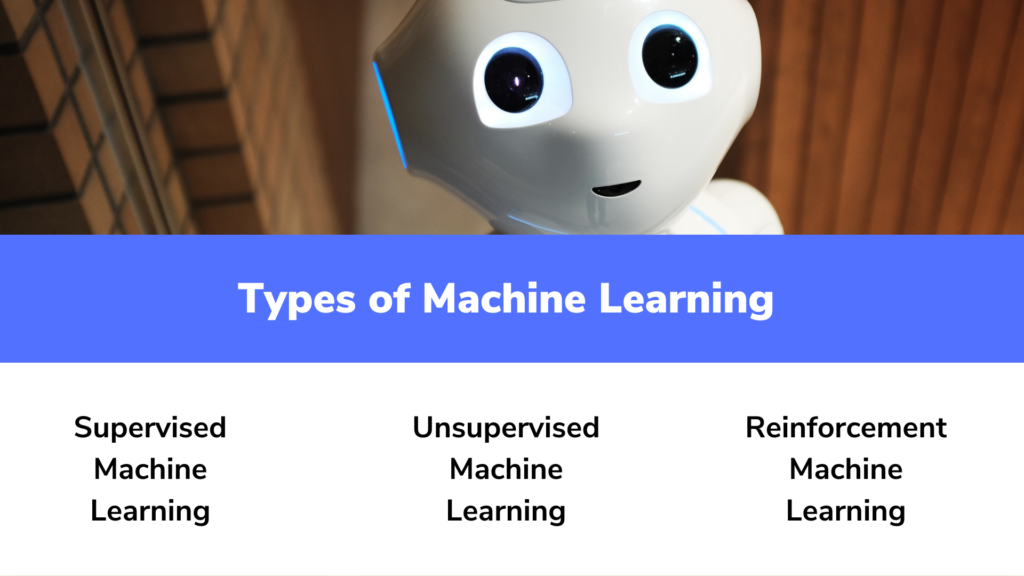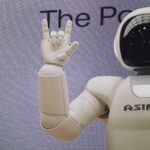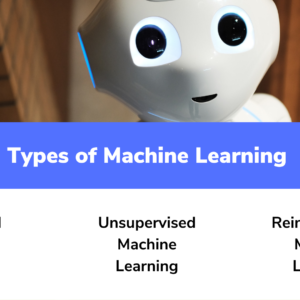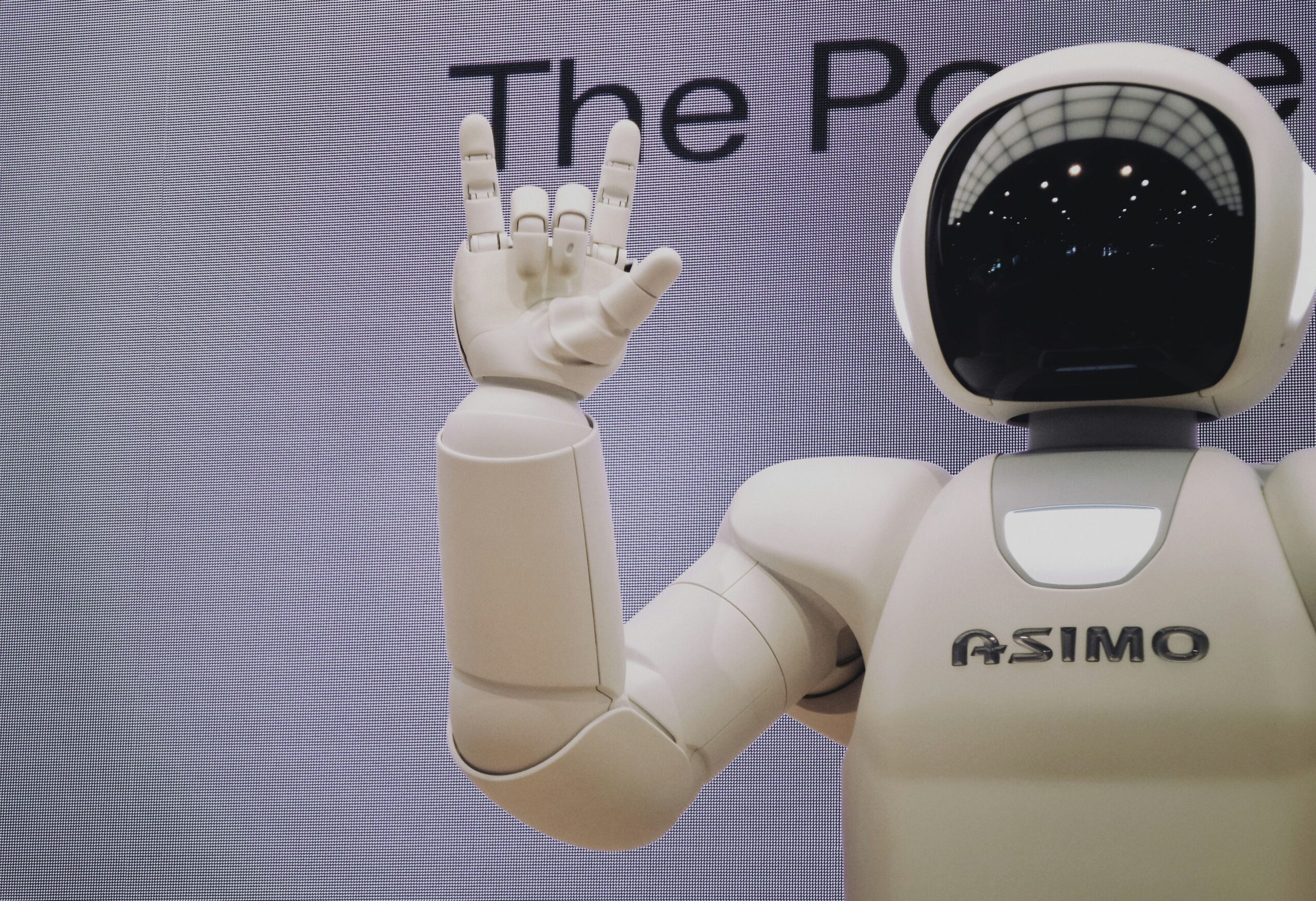Introduction
Machine Learning(ML) is one of the most popular concepts today and is used in almost every business and technology industry today. It has turned out to be one of the most revolutionary technological developments in the past decade enabling businesses and organizations towards rapid automation and digital transformation. Machine learning employs a number of algorithms that enable you to create intricate models. Each of these machine learning algorithms can be put into a specific category. Today, we will discuss the different types of machine learning and various machine learning applications.
What is Machine Learning?
In simple words, Machine learning is a theory that enables a machine to learn from examples and experience without having to be explicitly programmed. As a result, rather than writing the code yourself, you simply feed the generic algorithm with the data, and the algorithm or machine then generates the logic from the data.
To be short and sweet, here is how Tom Mitchell defines Machine Learning in his Machine Learning (McGraw-Hill International Editions Computer Science Series) book:
“The field of machine learning is concerned with the question of how to construct computer programs that automatically improve with experience.”
Now let us take a look at different Types of Machine Learning
Types of Machine Learning
There are mainly three Types of Machine Learning:
1. Supervised Learning
2. Unsupervised Learning
3. Reinforcement Learning

Let us understand each of these types in detail.
Supervised Machine Learning
Supervised learning is a type of machine learning where machine learning models are trained using labelled data.
Here is how Supervised Learning works:
Initially, a small training dataset is provided to the ML algorithm in supervised learning. This training dataset, which is a smaller portion of the larger dataset, gives the algorithm a general understanding of the issue, the solution, and the data points that need to be handled. The training dataset gives the algorithm the labelled parameters it needs for the task, and it shares many properties with the final dataset.
Now, the algorithm establishes a cause-and-effect relationship between the variables in the dataset by looking for relationships between the parameters that have been provided. After training, the algorithm has a general understanding of the operation of the data and the link between input and output.
The final dataset is then used to test this solution, and it learns from it in the same way it learnt from the training dataset. This implies that supervised machine learning algorithms will keep getting better even after being put into use, learning new patterns and correlations as it trains itself on newly available data.
Some of the most popularly used Supervised Learning Algorithms are:
- Linear Regression
- Logistic Regression
- Random Forest
- Naive Bayes
- Support Vector Machine
- Lasso Regression
- K Nearest Neighbour
- Decision Trees
Applications of Supervised Learning
Here are few of the most common applications of Supervised Learning Algorithms:
- Image Segmentation
- Fraud and Spam Detection
- Voice Recognition
Unsupervised Learning
As the name suggests, Unsupervised machine learning does not need any supervision i.e., it works with unlabeled data. In simple terms, there is no need for us to feed the initial data-set. This in-turn gives us an opportunity to work with larger datasets.
Here is how Unsupervised Learning works:
As discussed, Unsupervised learning lacks labels or initial data as a base work on, leading to the development of hidden structures. The programme interprets relationships between data points in an abstract fashion without the need for any human input.
These hidden structures are what give unsupervised learning systems their flexibility. Unsupervised learning algorithms can adjust to the data by dynamically adjusting hidden structures rather than using a predetermined and defined problem statement. This gives an opportunity for more post-deployment, which is not possible in case of Supervised Learning.
Some of the most commonly used Unsupervised Learning Algorithms are:
- K Means Clustering
- Hierarchical Clustering
- Independent Component Analysis
- Principal Component Analysis
- Frequent Pattern(FP) Growth
- DBSCAN Algorithm
- Mean-shift algorithm
Applications of Unsupervised Learning
- Customer Segmentation
- Recommendation System
- Network Analysis
- Anomaly Detection
Reinforcement Learning
With reinforcement learning, an AI agent (a software component) automatically explores its surroundings by striking and trailing, acting, learning from experiences, and increasing performance. Thus, Reinforcement learning operates on a feedback-based method. The objective of a reinforcement learning agent is to maximise the rewards since the agent is rewarded for every good activity and penalised for every bad action.
Here is how Reinforcement Learning works:
Reinforcement learning, which is based on the psychology idea of conditioning, operates by placing the algorithm in a setting with an interpreter and a reward system. The output result from each iteration of the algorithm is provided to the interpreter, who determines whether the result is favourable or not.
In the event that the programme finds the right answer, the interpreter strengthens the answer by rewarding the algorithm. If the result is unfavourable, the algorithm must repeat the process until a better conclusion is obtained. Most of the time, the efficacy of the outcome is closely related to the reward system.
The answer is not an absolute value in common reinforcement learning use cases, such as determining the shortest path between two points on a map. Instead, it adopts an efficiency rating with a % value. The algorithm gets rewarded more generously the greater this percentage value is. As a result, the software is taught to provide the best solution for the best reward.
Some of the most popularly used Reinforcement Learning Algorithms are:
- Q-learning
- DQN – Deep Q Neural Network
- Monte Carlo
- SARSA – State Action Reward State Action
Applications of Reinforcement Learning
- Video Games
- Robotics
- Aircraft Control
- Training systems
A Wrap
I hope you got a brief understanding of what machine learning is and the different types of machine learning. The knowledge of machine learning and artificial intelligence is a must have for anyone in the tech industry today. Organisation and Businesses today are adapting to the rapid digital transformation and automation by using Machine Learning and Artificial Intelligence like never before.
Machine Learning Engineers today are highly paid and ML is an excellent career opportunity for anyone who is interested in technology. Proficiency is Statistics, Computer science, Programming and Logical thinking will take you a long way in your Machine Learning Journey.
Thank you for reading 🙂









